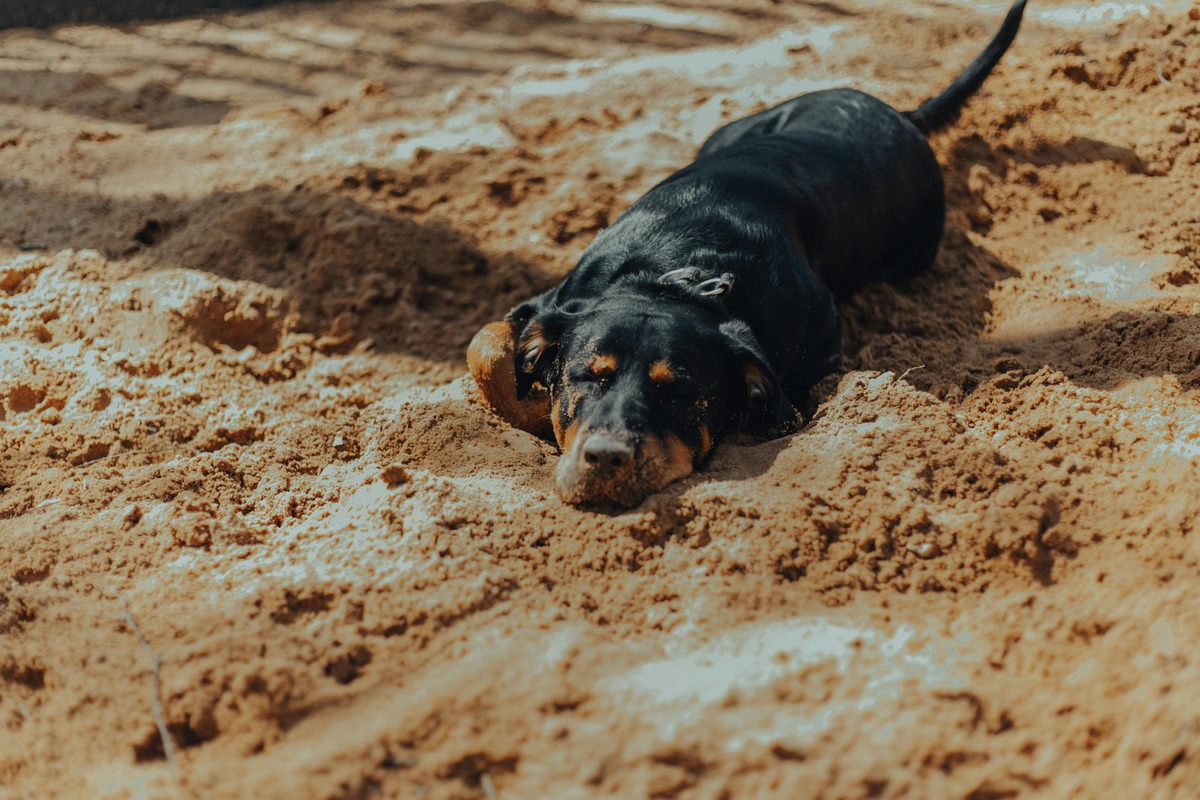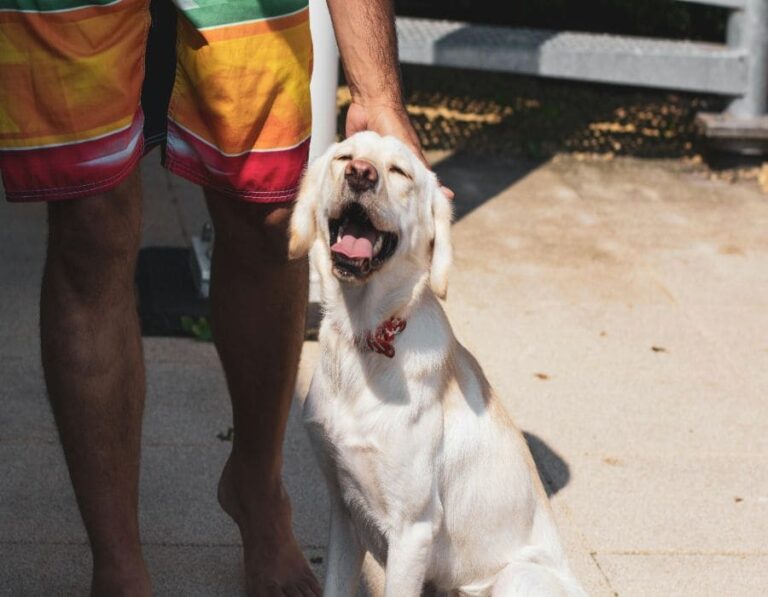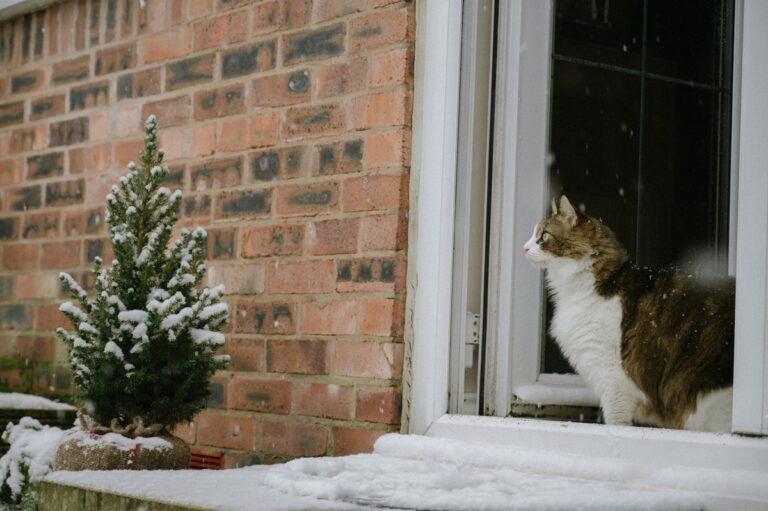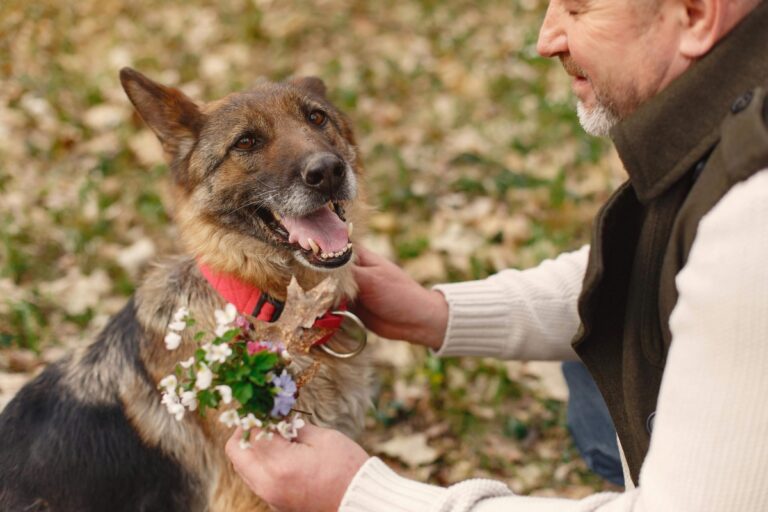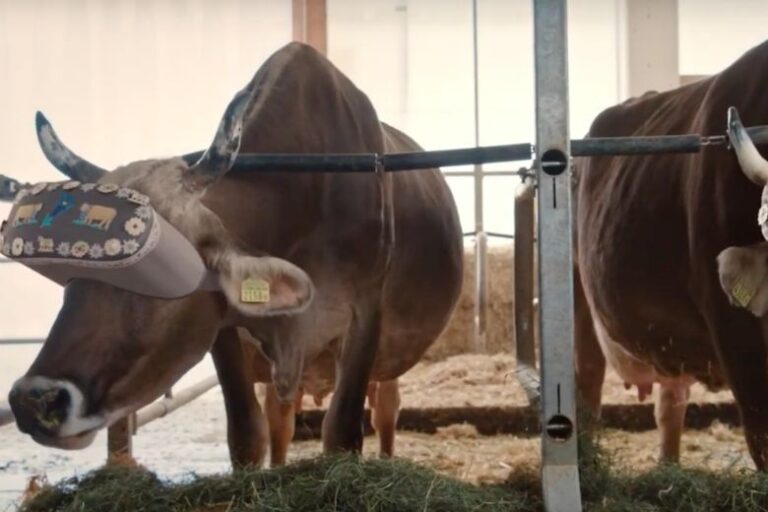8 Dog Breeds That Can’t Handle Hot Weather
Some dogs thrive in warm climates, while others struggle to stay cool due to their coat type, body structure, or genetic makeup. Breeds with thick fur, short noses (brachycephalic dogs), or low heat tolerance can quickly overheat, putting them at risk of heat exhaustion and heatstroke.
If you live in a hot climate, it’s crucial to know which breeds are less equipped for high temperatures and how to keep them safe and comfortable. Here are 8 dog breeds that can’t handle hot weather—and what you can do to help them stay cool.
1. Bulldog (English & French)
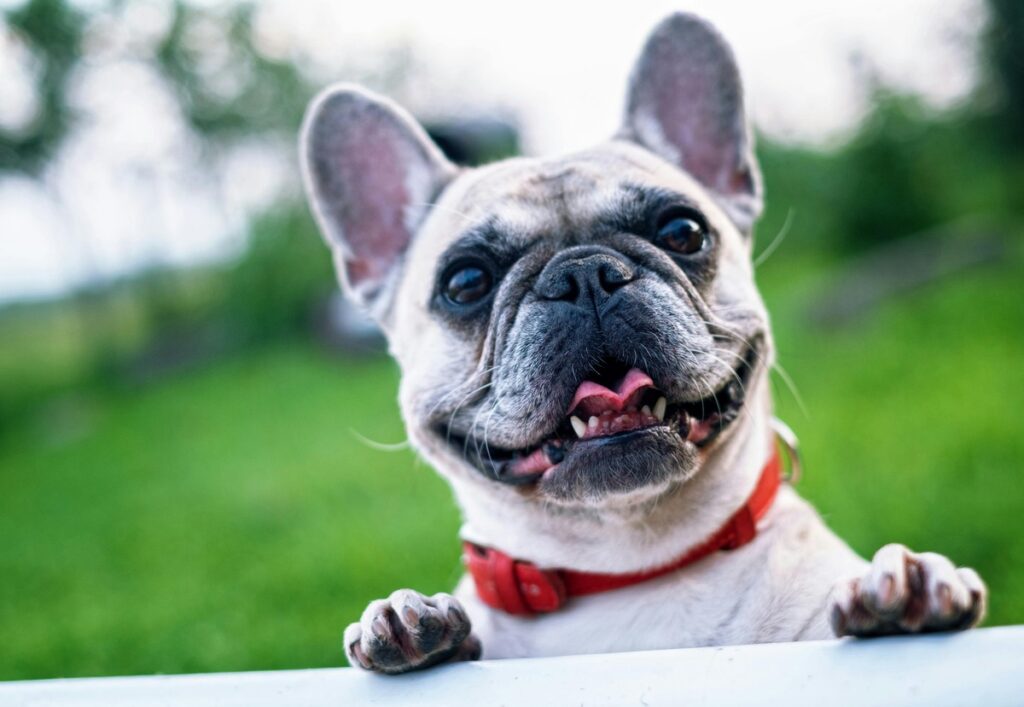
Bulldogs have flat (brachycephalic) faces, meaning they struggle to breathe properly in hot weather. Their short noses make it difficult to cool air before it reaches their lungs, increasing their risk of overheating and respiratory distress.
How to Help: Keep them in an air-conditioned space, limit outdoor exercise during hot hours, and provide cool water at all times.
2. Pug
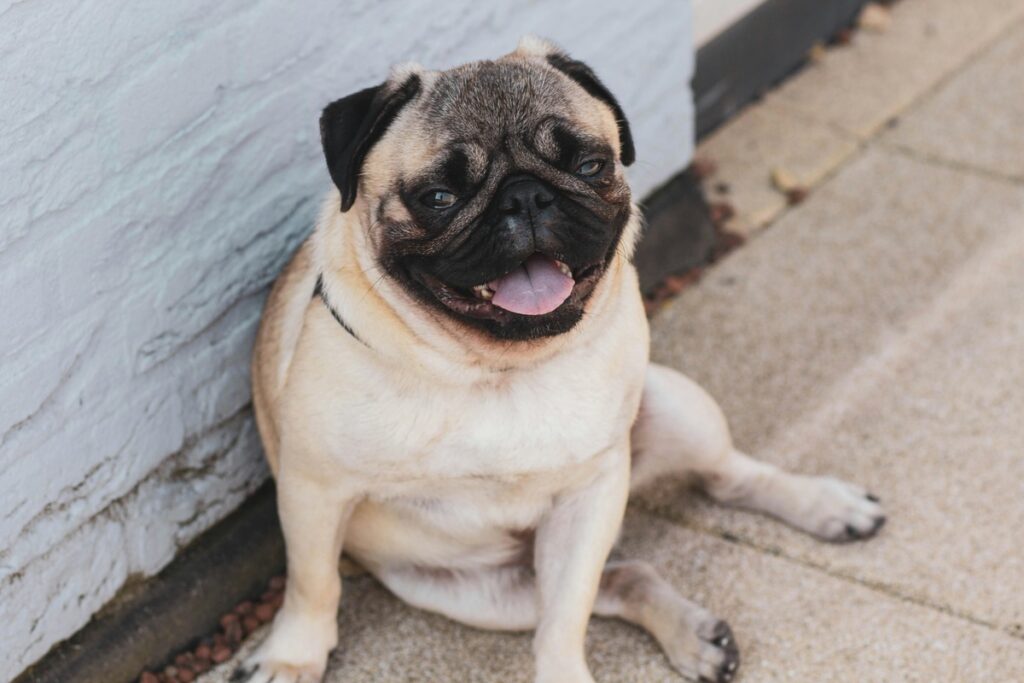
Like Bulldogs, Pugs are brachycephalic, which means they have short nasal passages that make panting less effective. Since dogs rely on panting to cool down, Pugs overheat much faster than other breeds.
How to Help: Avoid long walks in hot weather, ensure they have shade and cool surfaces to rest on, and watch for signs of heat stress.
3. Saint Bernard
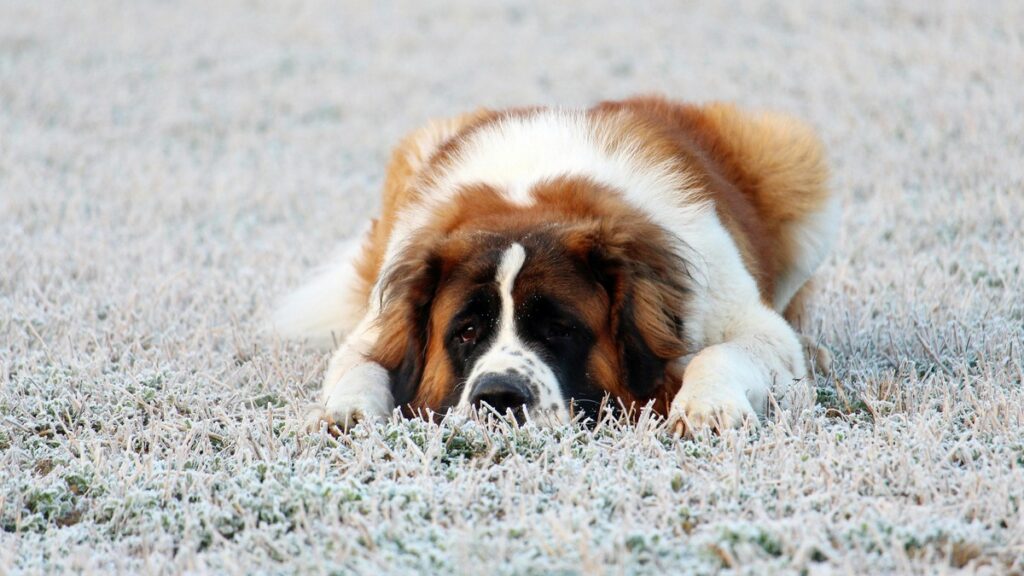
Saint Bernards were bred for cold, mountainous regions, which is why they have thick, double-layered fur that traps heat. In hot climates, their fur prevents proper cooling, putting them at risk of heat exhaustion.
How to Help: Keep them indoors during peak heat, provide cooling mats or damp towels, and avoid excessive exercise in warm weather.
4. Chow Chow
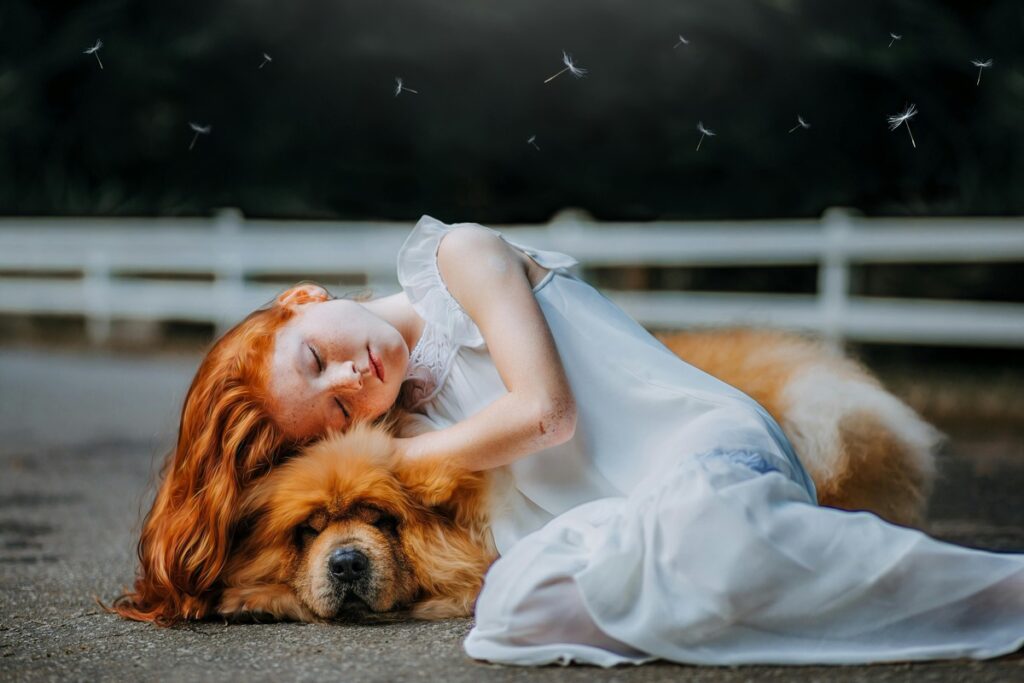
Chow Chows have one of the thickest coats in the dog world, making them highly sensitive to hot weather. Their dense fur traps heat, and their shorter noses make breathing in hot conditions more difficult.
How to Help: Regular brushing and grooming help remove excess fur, and providing shade and air-conditioning is essential in warm climates.
5. Alaskan Malamute/Husky
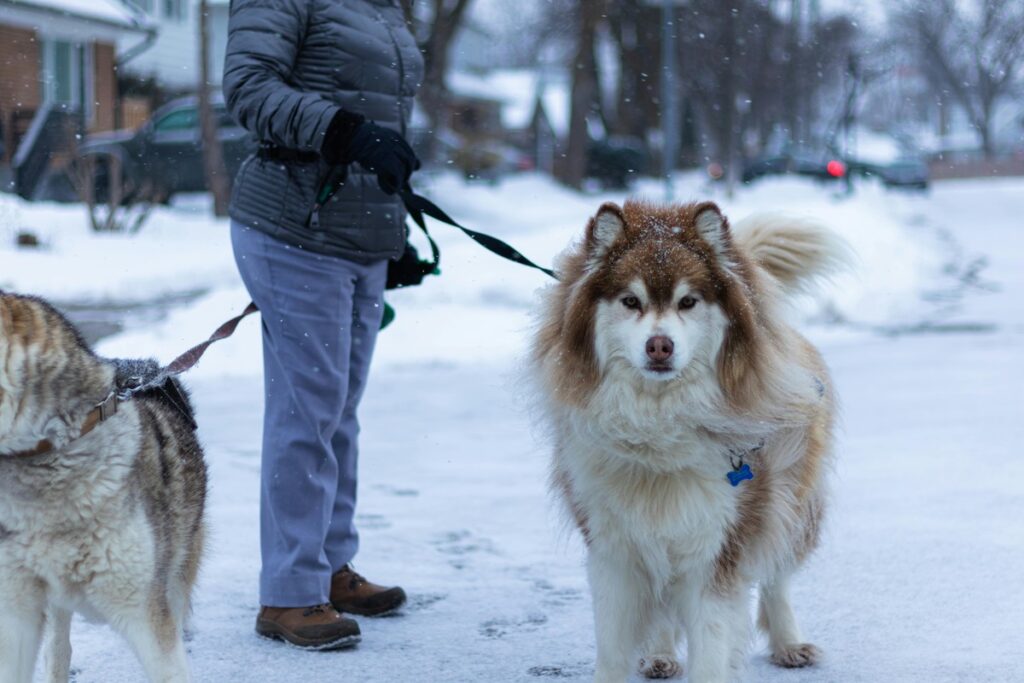
Alaskan Malamutes/Huskies are bred for Arctic conditions, meaning they have a thick double coat designed to retain heat. In warm climates, their fur prevents proper heat dissipation, making them prone to overheating.
How to Help: Give them a cool, shaded area, use fans or air conditioning, and provide plenty of fresh water.
6. Shih Tzu
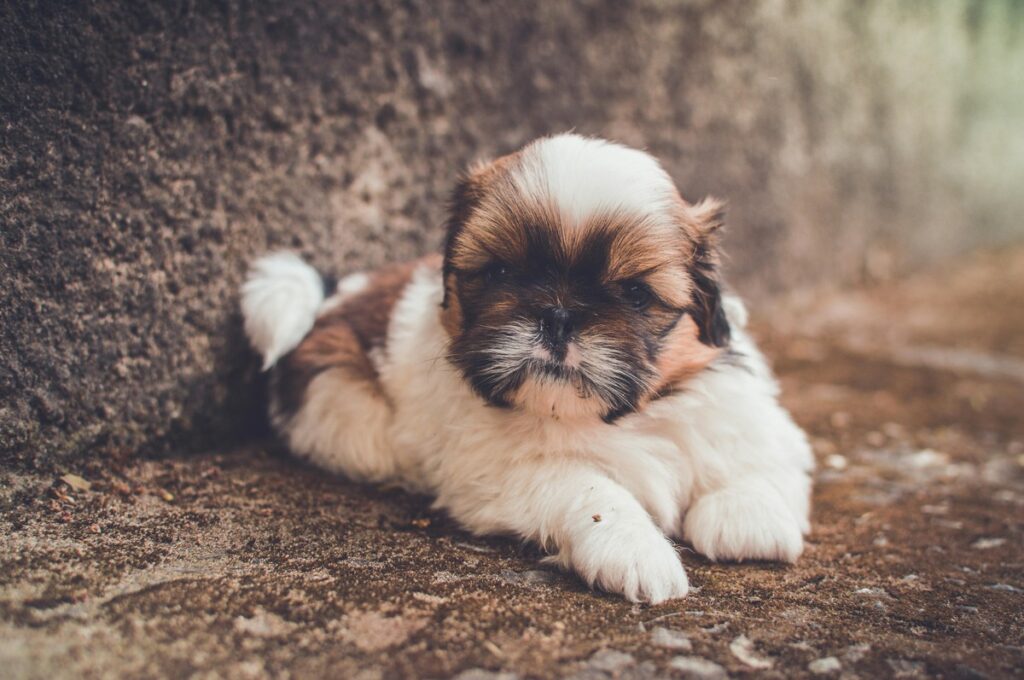
Shih Tzus have both a brachycephalic face and a long, flowing coat, making them highly sensitive to heat. Their short noses make breathing harder, and their thick fur can trap heat if not properly maintained.
How to Help: Keep their coat trimmed, offer cool indoor spaces, and avoid long outdoor activities in hot weather.
7. Akita
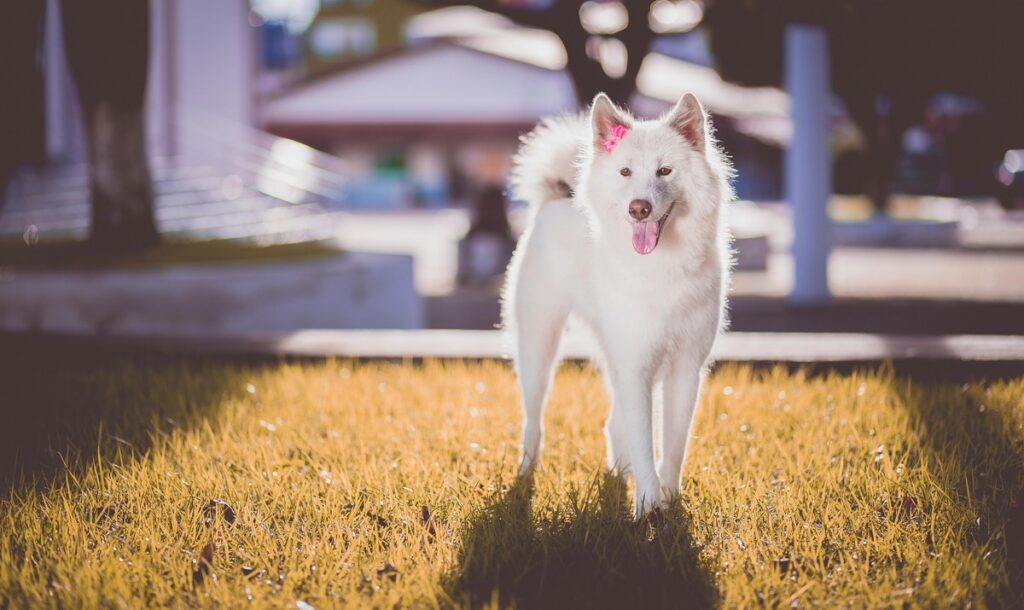
Originally bred for cold, snowy climates, Akitas have a thick, insulating coat that makes them prone to overheating. Their large size also means they generate a lot of body heat, which can make warm weather even more challenging.
How to Help: Provide a shady, ventilated environment, ensure constant access to cool water, and limit outdoor activity during peak temperatures.
8. Cavalier King Charles Spaniel
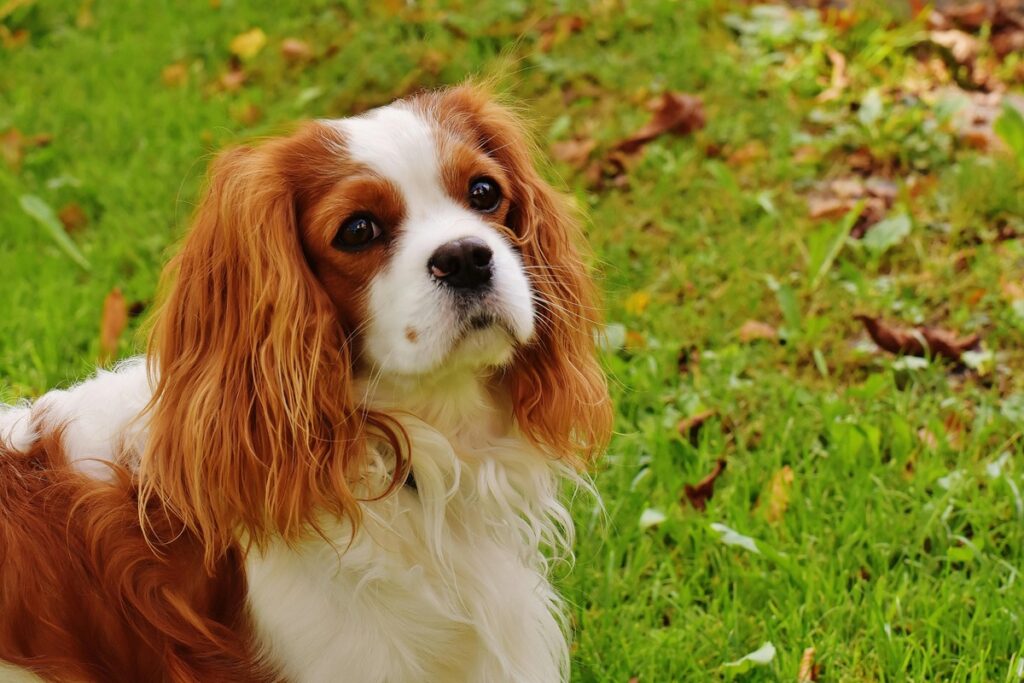
This small, affectionate breed may not have a thick coat like Huskies or Malamutes, but they struggle in hot weather due to their short noses. Their brachycephalic face makes breathing harder, increasing their risk of heat-related issues.
How to Help: Keep them in cool environments, provide plenty of water, and watch for signs of heat stress.
Signs of Heatstroke in Dogs
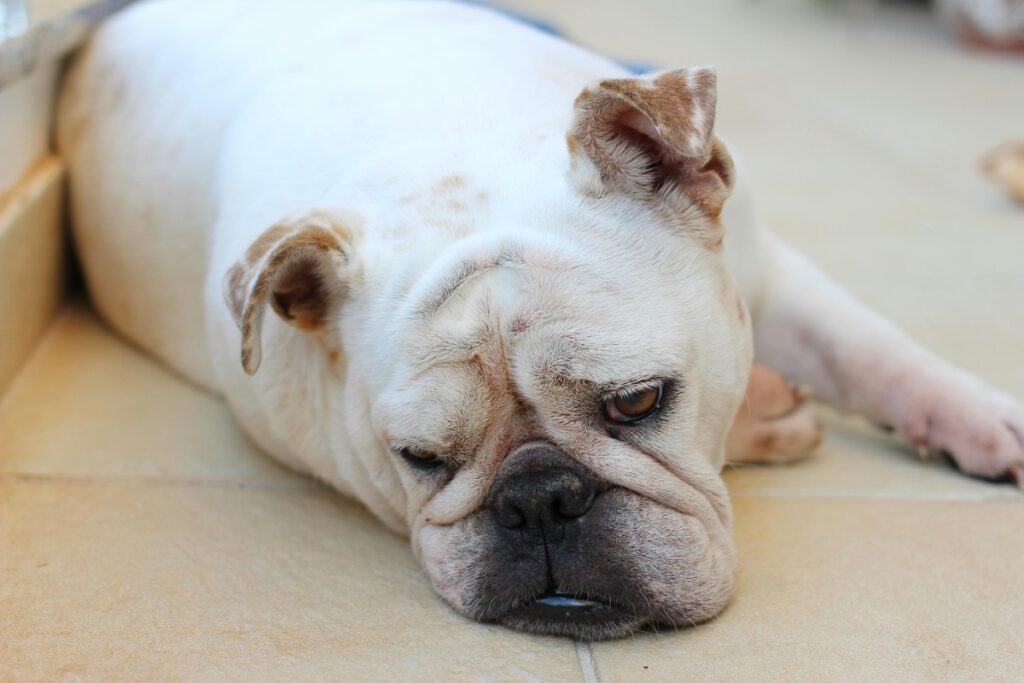
If you own one of these heat-sensitive breeds, watch for these signs of heat exhaustion:
- Excessive panting
- Drooling or thick, sticky saliva
- Lethargy or weakness
- Bright red or pale gums
- Vomiting or diarrhea
- Confusion or disorientation
If you notice these symptoms, move your dog to a cool area immediately and contact a vet.
Help Your Dog Beat the Heat!
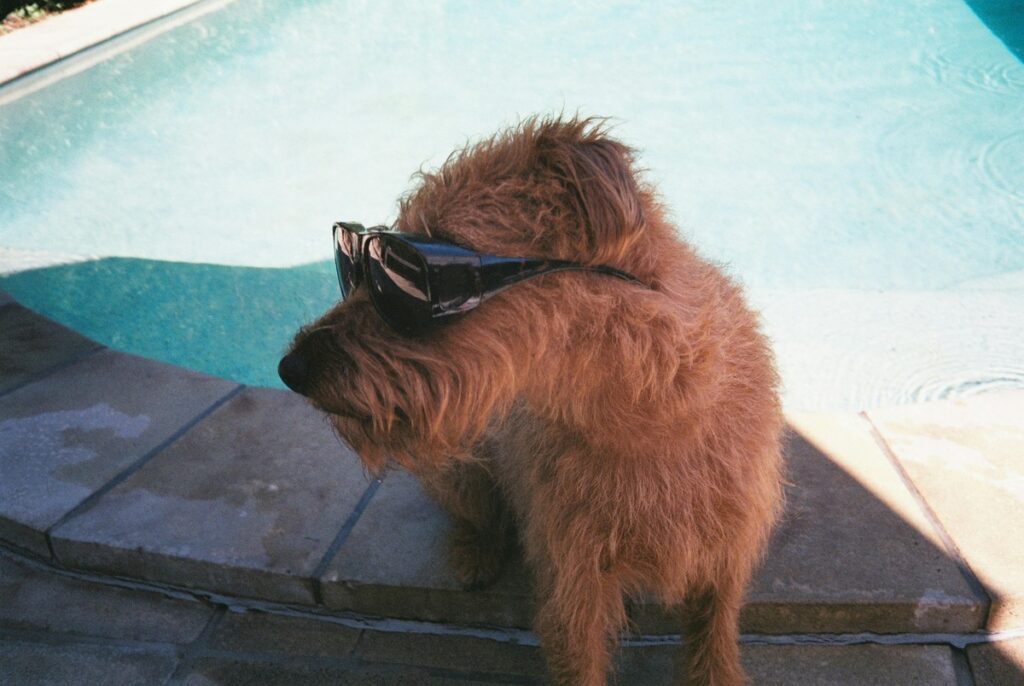
Dogs rely on panting, drinking water, and resting in the shade to regulate their body temperature, but some breeds struggle more than others in hot weather. If you own a heat-sensitive dog, taking extra precautions can help them stay safe, happy, and healthy during the warmer months.
Always ensure your dog has access to fresh water, shade, and cool indoor spaces, and avoid outdoor activities during peak heat. With the right care, even heat-sensitive dogs can stay comfortable and enjoy life in warm climates!

